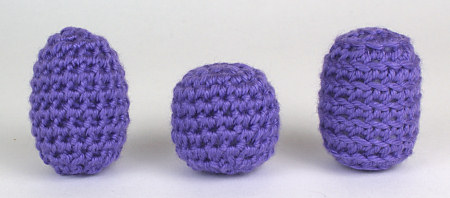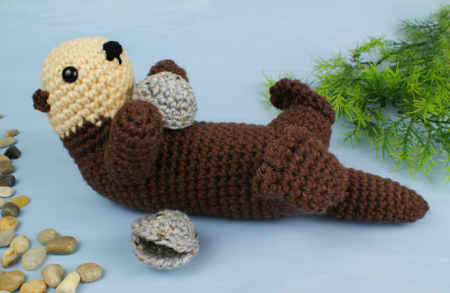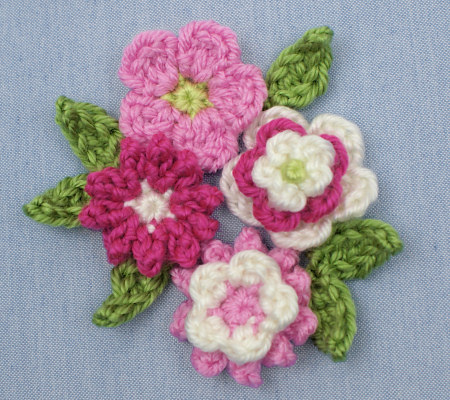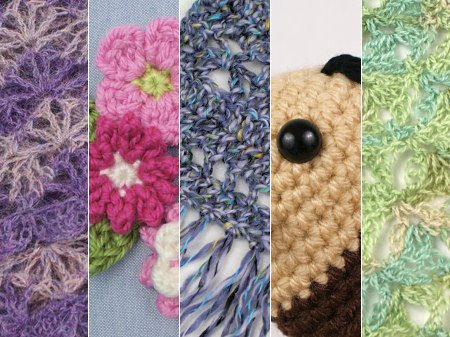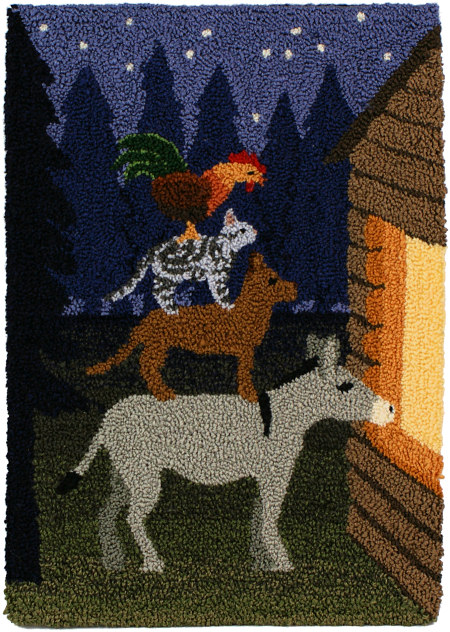
I’ve been waiting for a very long time to be able to show you this piece! I was commissioned to make some punchneedle-embroidered artwork in 2009 for a book about stories told through needlearts. Recent years have created an uncertain climate for traditional print publishing, and (to make a very long story short) the book […]

